Have you ever stared blankly at your computer screen, only to be subtly comforted by the image staring back? Those default Windows wallpapers, often overlooked, hold a surprising power. They’re more than just pretty pictures; they’re digital landmarks, visual shorthand for technological progress, and, for many, a source of quiet familiarity in a constantly changing digital world. Let’s take a nostalgic journey and celebrate some of the most iconic Windows wallpapers that have graced our screens and embedded themselves in our collective digital consciousness.
Think back to the early days of personal computing. For many, the introduction to Windows meant a stark blue screen. It was functional, but hardly inspiring. Then came the gradual evolution, and with it, the introduction of default wallpapers that started to reflect a sense of personality and aspiration.
One image stands out, almost universally recognized: the “Bliss” wallpaper from Windows XP. That vibrant green rolling hill under a clear blue sky dotted with fluffy white clouds. It was simple, almost idyllic, and for a generation, it became the quintessential image of a fresh start, a blank canvas ready for digital exploration. Taken by photographer Charles O’Rear in Sonoma County, California, this seemingly ordinary photograph has been speculated to be one of the most viewed images in history. Its calming presence offered a visual respite from the often-complex world of computing. Did this simple photo change how you see your computer? For many, the answer is a resounding yes. It wasn’t just a background; it was an emotion, a feeling of serenity that greeted you every time you logged in.
As Windows evolved, so did its default wallpapers. Windows Vista brought with it a more sophisticated, often abstract aesthetic. Think of the swirling auroras and the subtle gradients, reflecting a move towards a more modern and visually polished operating system. These wallpapers aimed to showcase the capabilities of the new Aero interface, with its transparency and subtle animations. While “Bliss” offered a sense of grounded simplicity, Vista’s wallpapers hinted at the power and fluidity beneath the surface.
Then came Windows 7, and with it, a collection of wallpapers that felt both contemporary and diverse. The default “Harmony” wallpaper, with its flowing ribbons of light, embodied a sense of balance and technological grace. But Windows 7 also offered a wide array of themes, each with its own set of stunning photographs. From breathtaking landscapes to intricate nature shots, these wallpapers allowed users to personalize their experience and connect with images that resonated with their individual tastes. Microsoft even licensed images from renowned sources like Getty Images and Corbis, demonstrating a commitment to visual quality and user experience. This era marked a significant step in recognizing the importance of visual design in enhancing the overall user experience.
With Windows 8, the design language shifted towards a cleaner, more geometric style, aligning with the introduction of the Metro interface. The default wallpapers often featured bold colors and sharp lines, reflecting the tile-based design. While perhaps less overtly emotional than “Bliss,” these wallpapers conveyed a sense of efficiency and modernity.
Windows 10 ushered in a new era of default wallpapers, starting with the abstract “img0,” a vibrant blue window logo emerging from a burst of light. This wallpaper felt energetic and dynamic, symbolizing the next chapter in the Windows story. Later iterations maintained a similar abstract style, often playing with light and color to create a sense of depth and movement. The visual language spoke of innovation and a forward-looking approach.
The latest iteration, Windows 11, continues this trend with the default “Bloom” wallpaper. This captivating image, created by Spanish design studio Six N. Five, features soft, flowing ribbons of color that evoke a sense of calm and fluidity. It aligns with the operating system’s redesigned interface, characterized by rounded corners and a more minimalist aesthetic. “Bloom” feels both modern and organic, suggesting a harmonious blend of technology and nature.
Why do these seemingly small visual details matter so much? The answer lies in the profound impact of visual design on user experience. Our brains are wired to process visual information quickly and efficiently. A well-chosen wallpaper can create a sense of calm, inspire creativity, or simply make the digital environment feel more welcoming and personal. It’s the first thing we see when we turn on our computers, and it subtly shapes our perception of the technology we use every day. Just as the design of a physical space can affect our mood and productivity, so too can the visual environment of our digital workspace.
Consider the emotional connection many users still have with the “Bliss” wallpaper. It represents a simpler time in computing for some, a nostalgic reminder of early internet adventures and the excitement of a brand-new operating system. For others, it simply evokes a feeling of peace and tranquility. This emotional resonance is a testament to the power of a well-designed visual.
The evolution of Windows wallpapers also reflects broader trends in design and technology. From the straightforward realism of “Bliss” to the abstract and fluid designs of more recent versions, these images mirror our changing relationship with technology – from a purely functional tool to a more integrated and personalized aspect of our lives.
So, the next time you log into your Windows computer, take a moment to appreciate the wallpaper gracing your screen. It’s more than just a background image; it’s a piece of digital history, a reflection of technological progress, and a subtle yet significant element of your daily digital experience. From that iconic green hill to the fluid colors of today, Windows wallpapers are worth celebrating for the quiet comfort and visual identity they have provided to millions of users worldwide. They remind us that even in the complex world of technology, a touch of visual beauty can make all the difference.

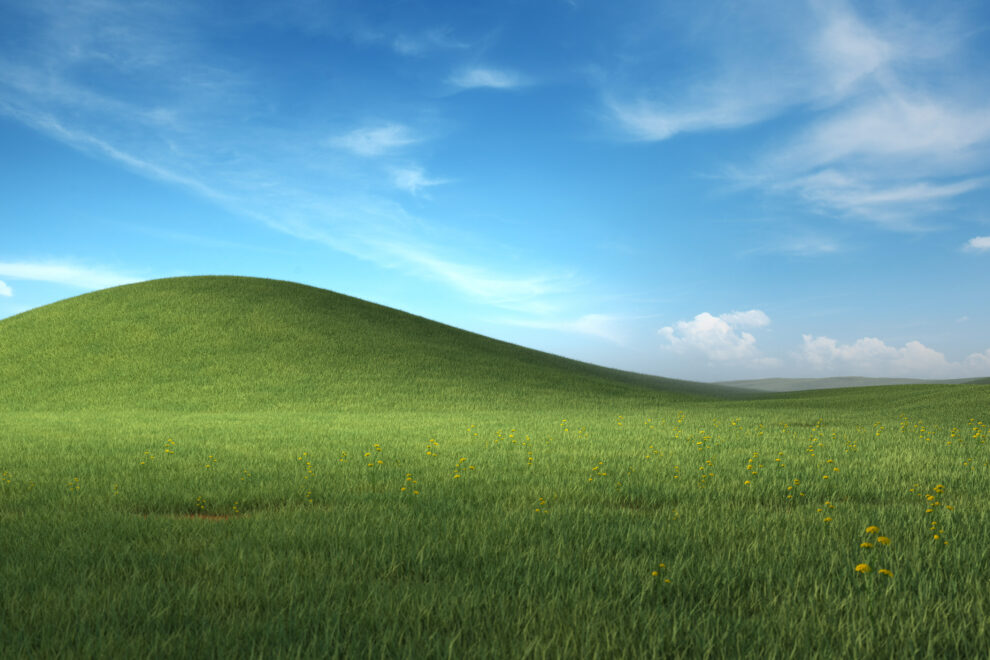
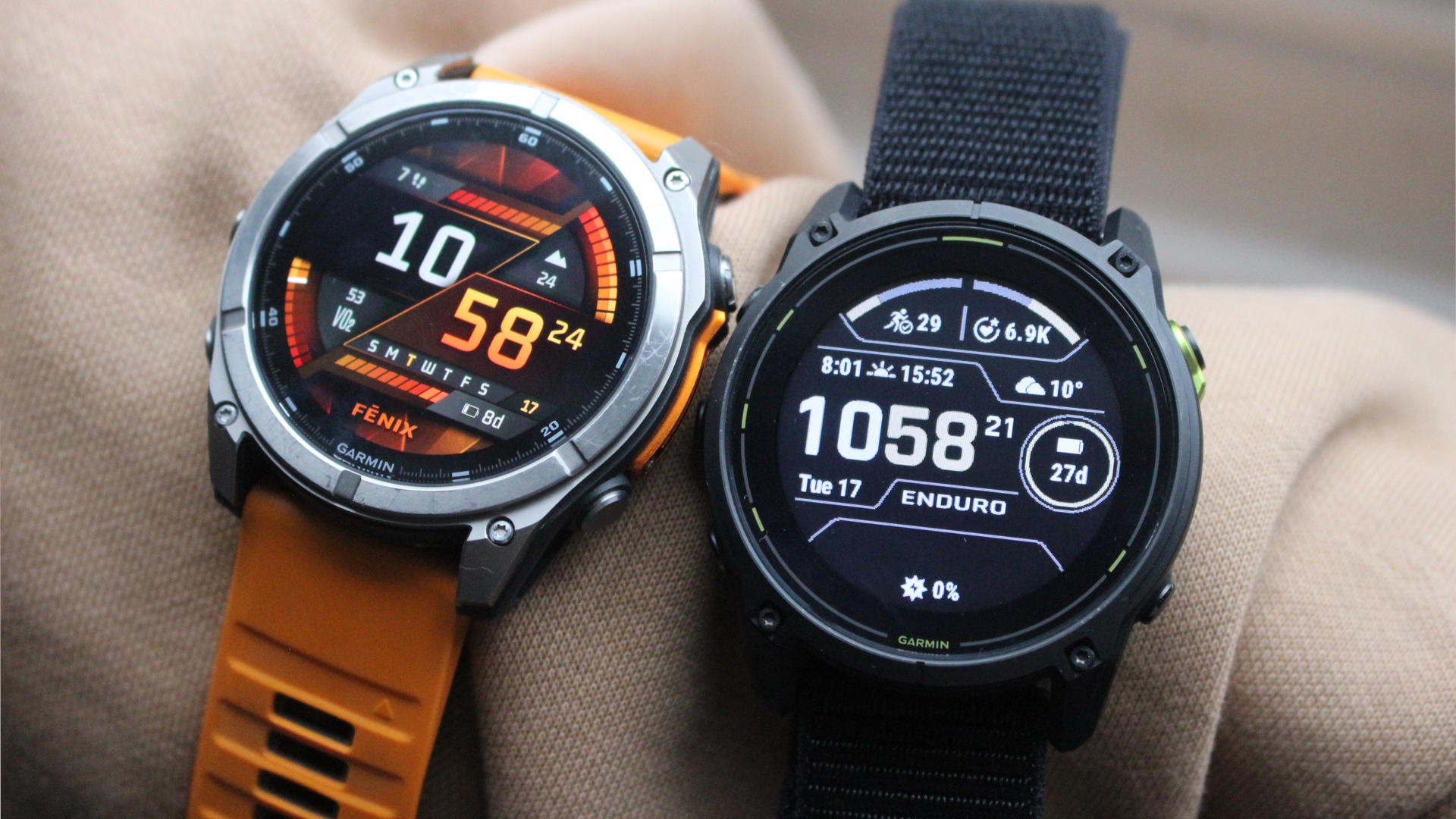
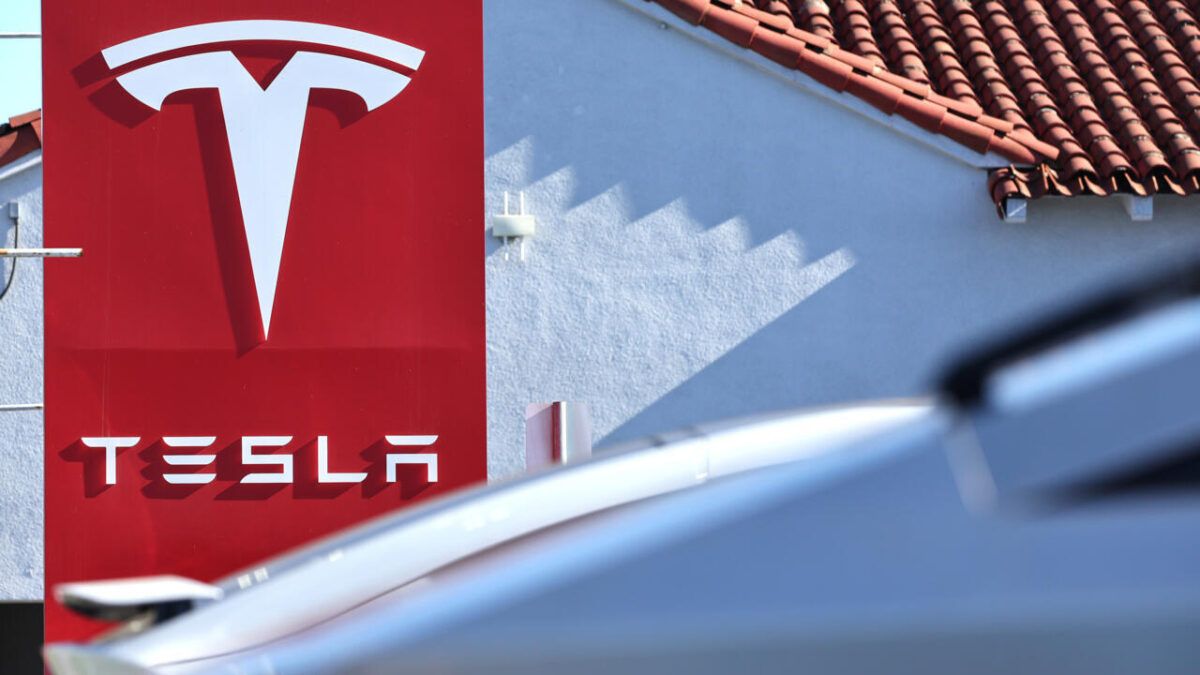

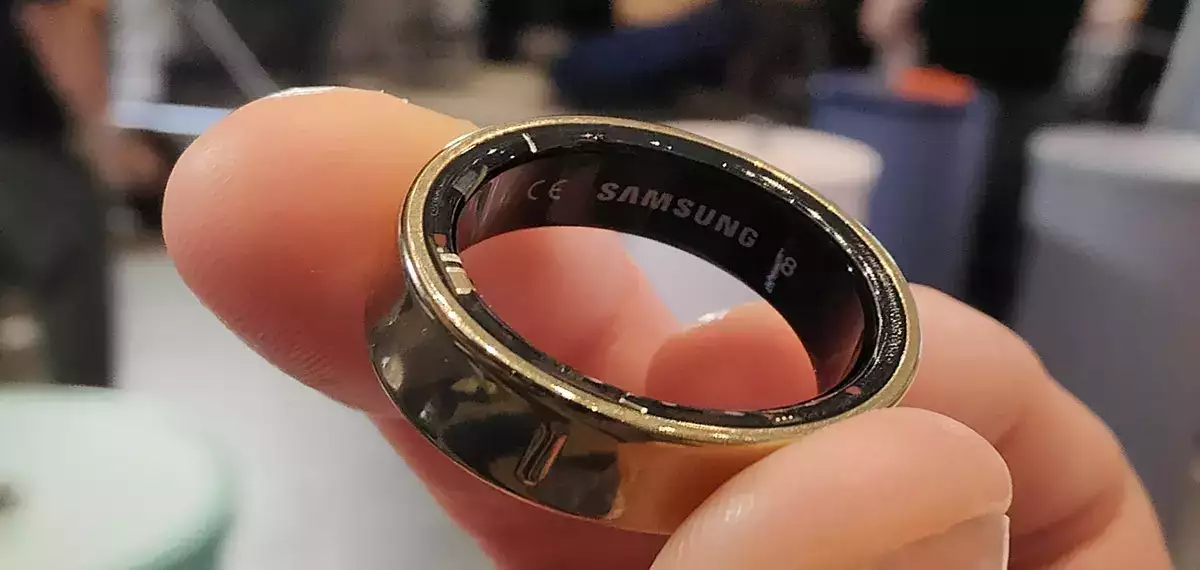

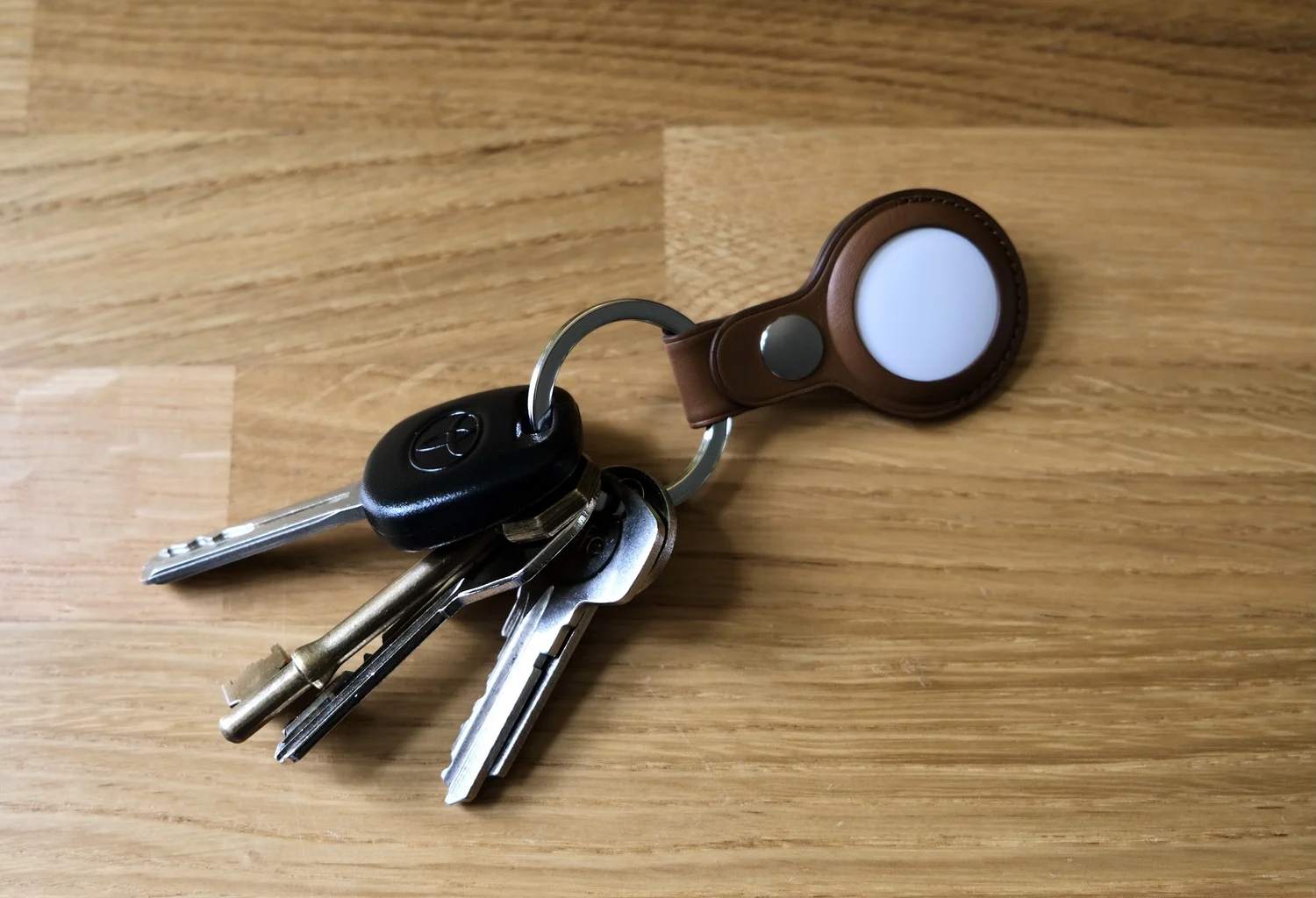
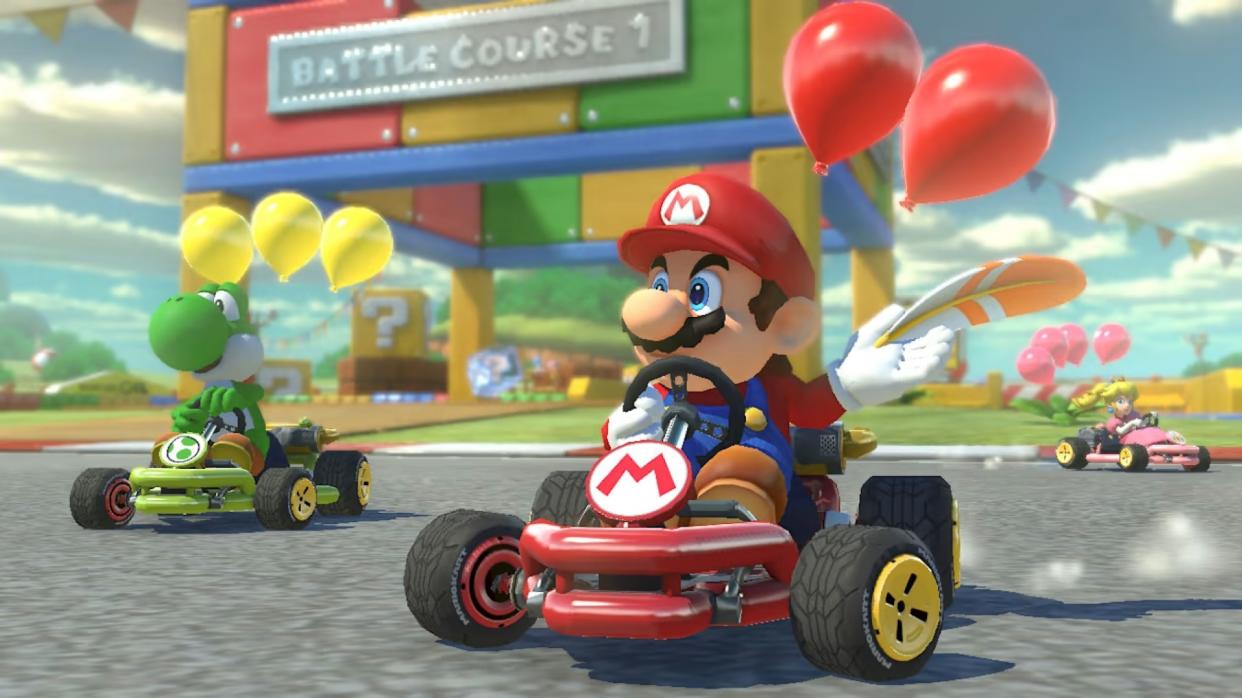

Add Comment